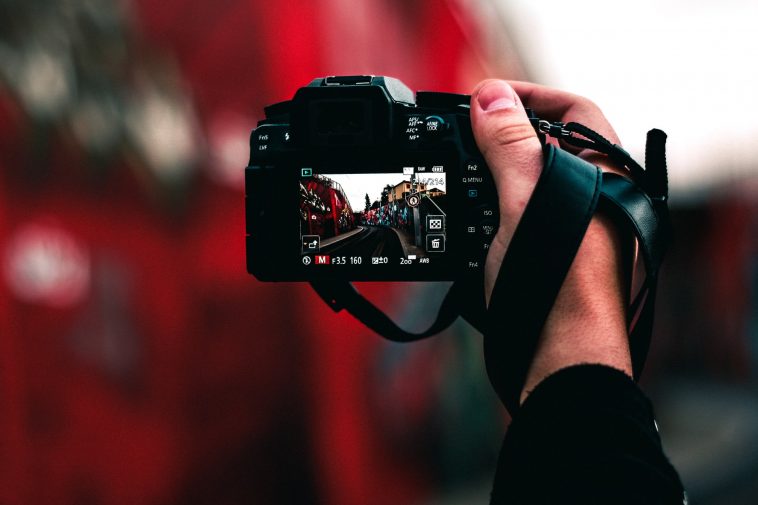Since the pandemic began, many of us have become more appreciative of the beautiful places we’ve been to, taking in all that splendor as much as possible. And what beter way to reminisce and revisit the experiences and emotions attached to our travels than by looking through all the photos we took during our trips?
If you’re keen on taking on taking your photography skills up a notch in preparation for a trip in the new normal, you do’t need to be a ninja. There are eight things you just need to remember. Read what they are below, and get your camera or smartphone ready for that double-tap worthy photo!
1. Lighting is everything.
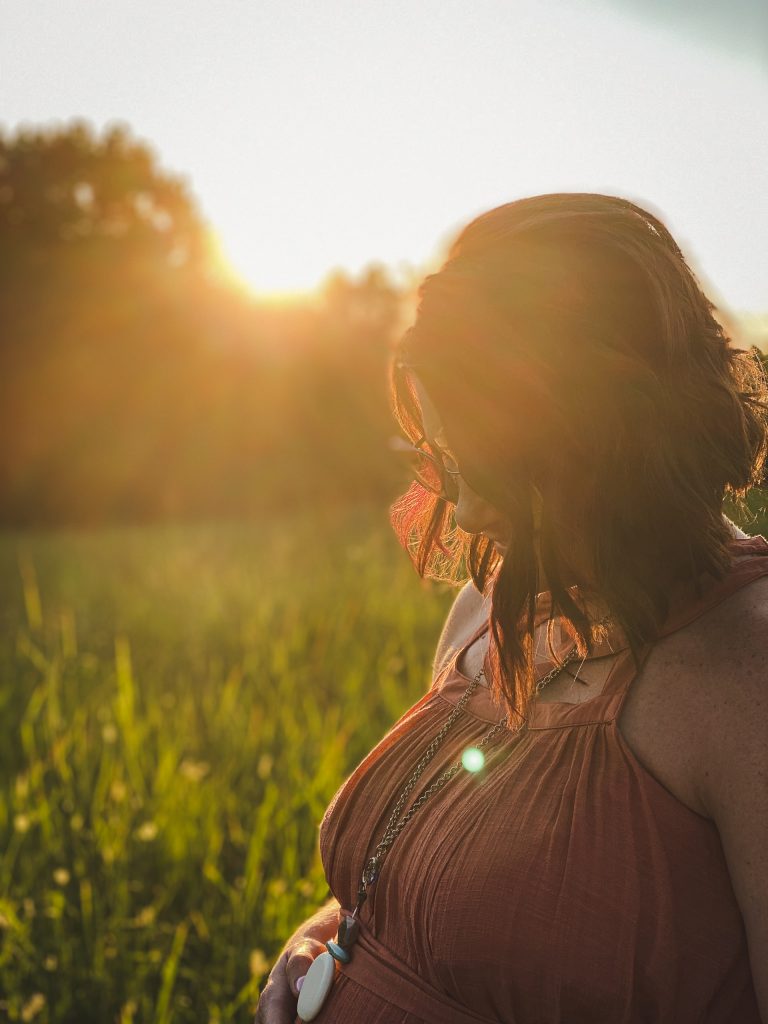
Photography came from the Greek words photos and graphe, which, together, mean “drawing with light”. Lighting gives life to a photo, especially selfies and portraits. Pictures with good lighting transcend the story, mood, and effect you want to convey.
Taking photos during nighttime can be tricky because you need to find sufficient lighting to illuminate the place or the object you photograph. In some cases, the use of flash can help.
2.The Rule of Thirds
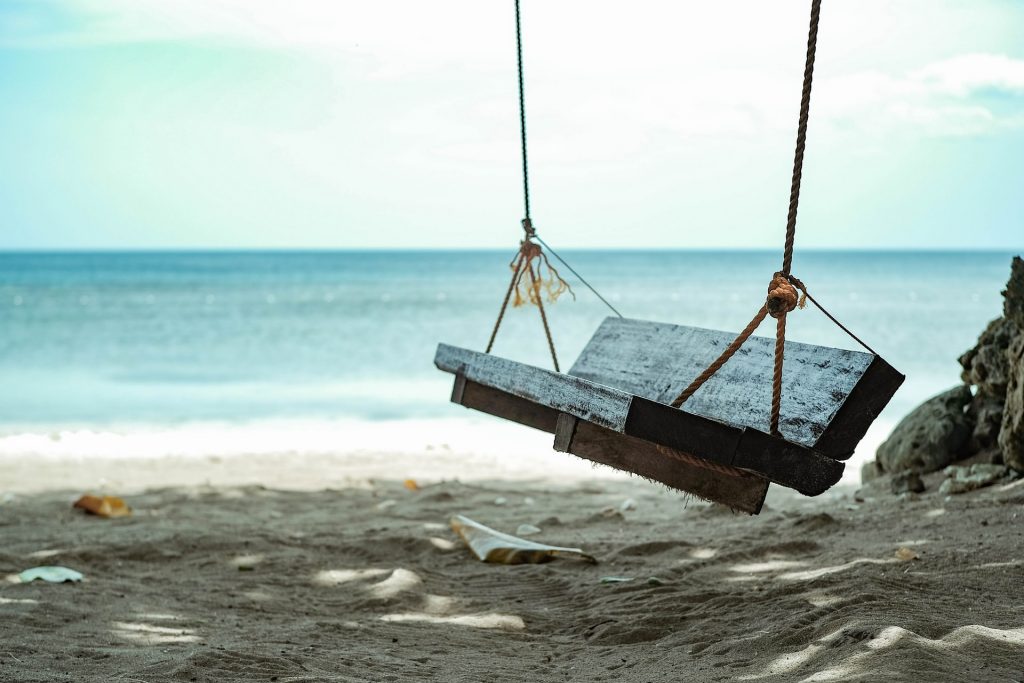
The Rule of Thirds uses imaginary lines or grids for better image composition. Basically, you split an image into three vertical and three horizontal lines, creating “thirds”, then placing your subject or key elements at any of the intersecting points.
This is one of the most basic and most effective ways to create balance and artistry in an image. You can activate this technique by choosing a photo grid on the camera settings.
3. Leading lines

Leading lines provide the viewer direction on where to find the main subject of the photo. To use this, you can photograph a street, a pathway, or a line of trees which lead to a focal point or subject at the narrowest and farthest end of the row. This is great for photographing nature and landscapes and help create a stunning visual story, though tricky.
4. Patterns
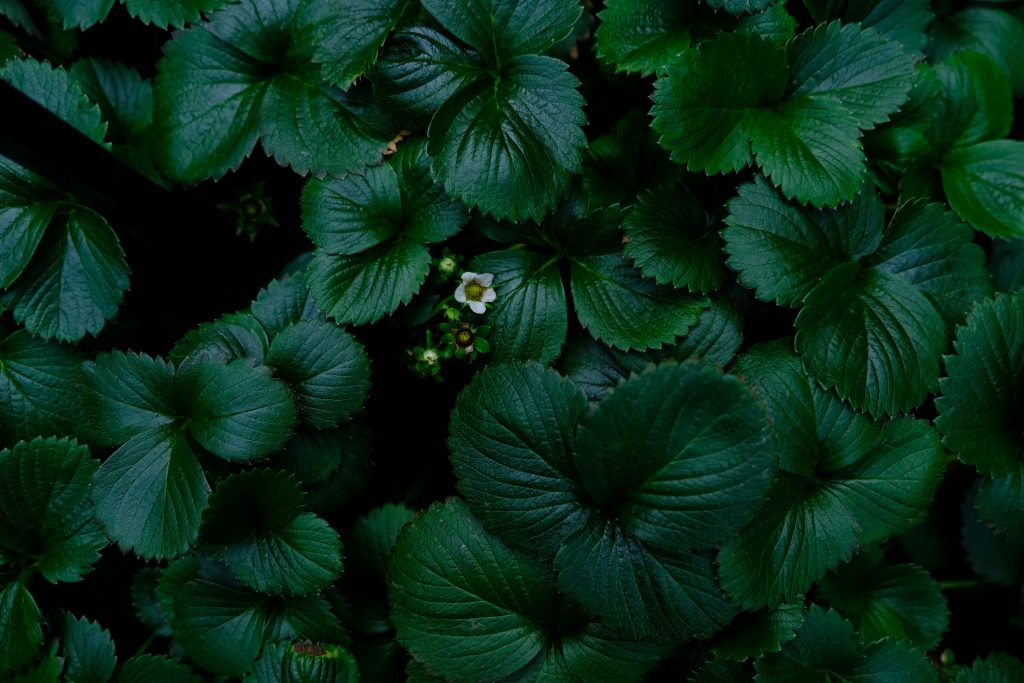
Patterns are repeated shapes, colors, and objects. The best way to picture designs is to look for an “anomaly” or a distraction to add depth and story to the photo. This will also make the photo more exciting, allowing viewers to create their interpretation of the picture. To maximize the use of your smartphones in photographing patterns, you can adjust your camera’s image size.
5. Framing
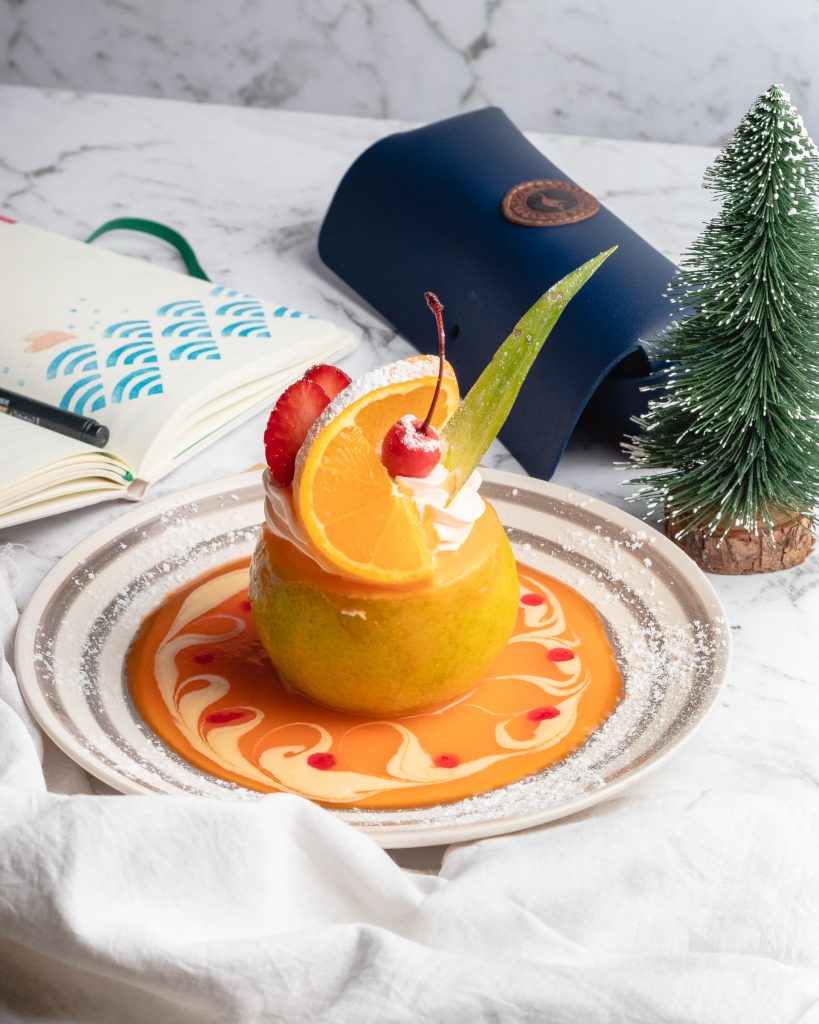
Use framing to isolate the main subject for emphasis from the rest of the elements on the photo. If you want to take a picture of exotic food or the plating of a dish in a restaurant where you will have your meal, you can place the main dish at the center and use other elements such as condiments, utensils, and centerpieces as the frame. You can also use the Rule of Thirds, and again use other elements at the sides of the main subject.
When visiting museums, buildings, and other architectural structures, windows and door frames can serve as frames on your photos.
6. Your viewpoint
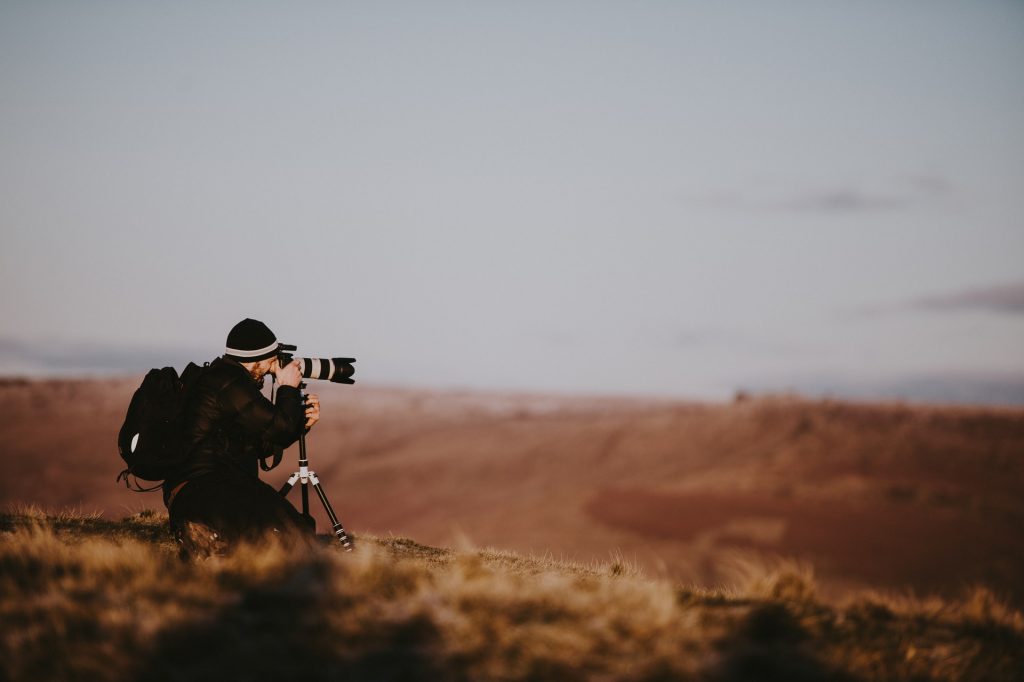
Another thing to remember when taking a photograph is your viewpoint, or the position from which you are taking your photo. Most pictures are commonly taken at eye level. However, you can try photographing subjects through a dog’s eye view or bird’s eye view. Changing the viewpoint in your photos can tell a whole new different story. Often, what is familiar is boring, and adding life and depth to your photos takes advantage of photographing subjects in unconventional angles.
7. Take plenty of photos
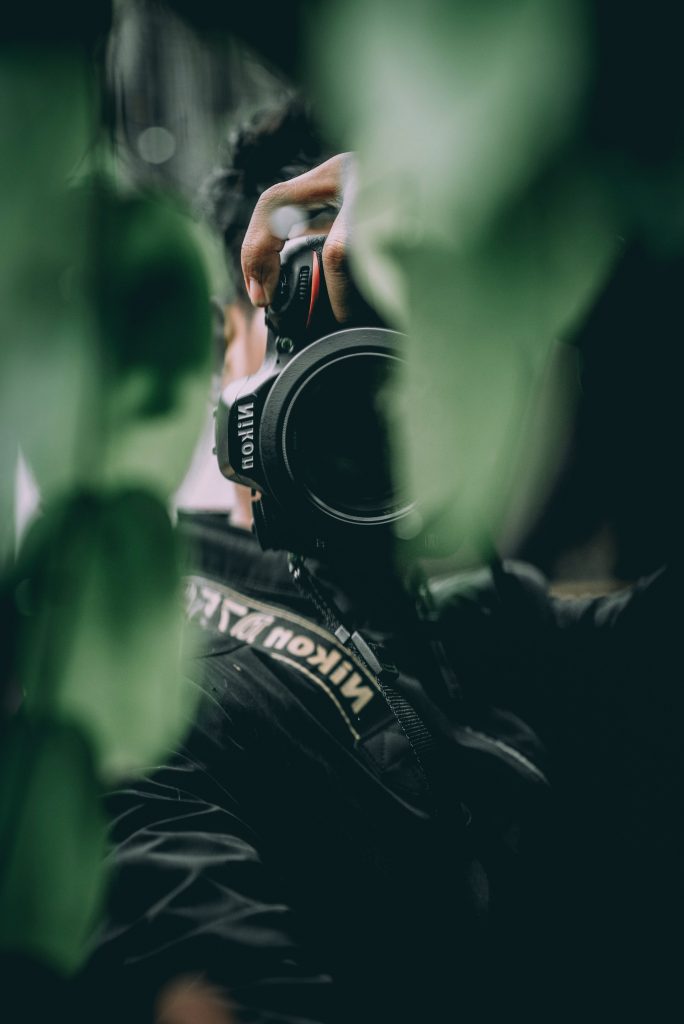
Gone are the days of film cameras. Nowadays, we can store as many images as we want in portable cards, and practice endlessly by taking as many shots as we can. Now you can have an arsenal of photos to choose from before uploading it to social media or saving it on your phones or laptops.
One helpful trick is to use burst shots on your phone, especially for moving subjects or when you’re in motion. This is a great trick when doing street photography, when walking with some artistic graffiti in the background. You can also use this to select the best shot while drinking coffee in a quaint coffee shop. Burst shots will give your photos a natural and spontaneous feel.
8. Break all the rules
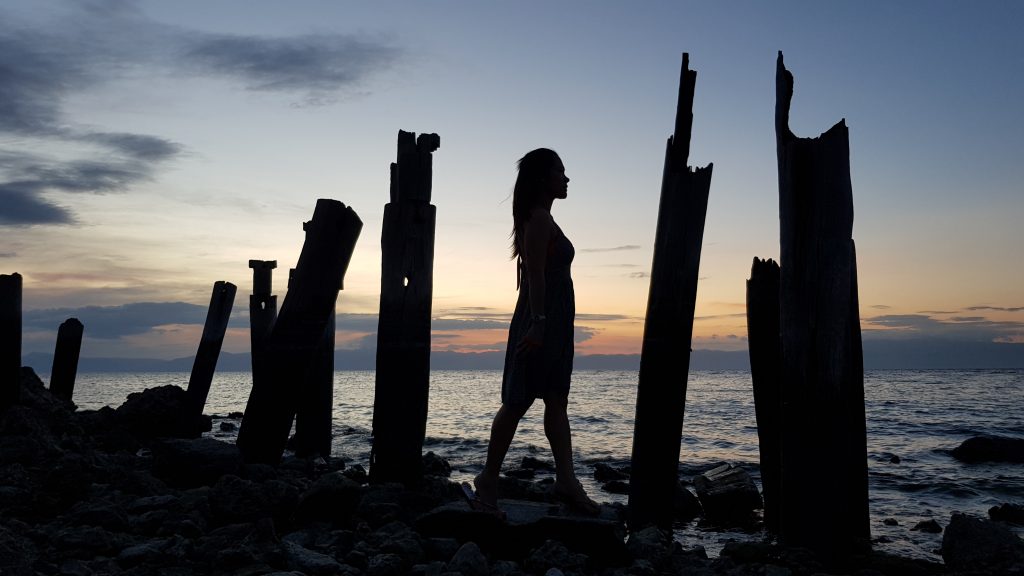
Don’t be afraid to explore and experiment. The goal is for you to evoke an emotion through your photos, because then, you are able to obtain and preserve something significant. Be spontaneous, open-minded, and creative in capturing moments, while also being mindful of local culture and restrictions in your destination.
More than taking great photographs, never forget to take in the new experiences, savor fresh and delicious food, immerse yourself in the culture, and make those experiences worthwhile.



